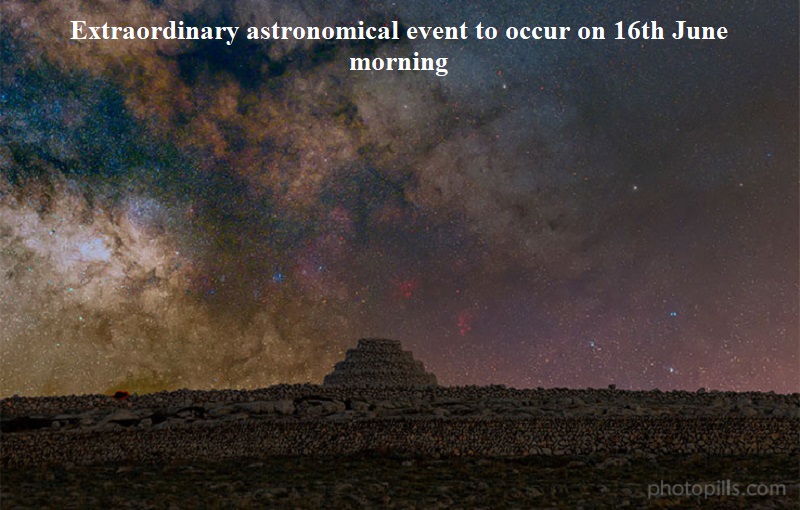
On Saturday morning, 16 June, an extraordinary astronomical event will take place as Mercury, Jupiter, Saturn, Uranus, and Neptune align in the sky. This alignment is expected to create a magnificent spectacle for those fortunate enough to witness it. However, it is important to note that spotting all five planets will be challenging and requires expertise in sky-watching. According to EarthSky, binoculars or a telescope will be necessary to see Uranus and Neptune.
The best viewing conditions for this rare celestial alignment will be in the Southern Hemisphere due to the current winter season, which provides an extended opportunity for planet observation, as mentioned by New Scientist. To optimize your viewing experience, it is recommended to find a location with minimal light pollution and an unobstructed view of the horizon. Arriving a couple of hours before sunrise will allow enough time to search for the planets. Time reports that Mercury, being the last to rise above the horizon, will require patience and persistence to become visible.
Among the five planets, Jupiter will be the easiest to spot as it shines brightly in the eastern part of the sky. Saturn, located higher and farther south than Jupiter, should also be relatively easy to locate. It will be situated in the constellation Capricornus, which lacks stars brighter than the planet itself, according to EarthSky.
Mercury, the closest planet to the Sun, may be visible to the naked eye, but it requires an unobstructed view of the eastern and northeastern horizon. However, its low position in the sky as dawn approaches may make it challenging to detect, despite being theoretically brighter than Saturn.
Identifying Uranus and Neptune presents greater difficulties. Uranus, the second-dimmest planet in the lineup, will be close to the rising sun, making it especially challenging to locate. Neptune, the faintest among the five, will appear higher in the sky and can be found in the constellation Pisces. Both Uranus and Neptune are likely to require the use of a telescope or at least a pair of binoculars, as they are unlikely to be visible to the naked eye.
It is worth noting that similar celestial events have occurred in the past. In March, there was a planetary alignment involving five planets, although the composition of the lineup was slightly different. Another alignment is set to occur in July, involving three planets. These phenomena happen when the orbits of the planets position them on one side of the sun as observed from Earth.

Post Your Comments